Scottish qualifications face a major redesign.
Last week, Scotland’s Independent Review of Qualifications and Assessment (IRQA) proposed a new system. It is far from a finished product, and public input will inform the IRQA’s official recommendation to the Scottish Government, which will be made in May.
The proposed new qualification, the Scottish Diploma of Achievement (SDA), focusses on the core goals of the Curriculum for Excellence (CfE) and aims to reflect a wider range of students’ capabilities.
In an interview with The Press & Journal this week, Prof Louise Hayward, leader of the IRQA, helped explain the proposed new system and the importance of public comment.
Changes to the qualifications system can’t happen in a vacuum, Prof Hayward said.
“We have to be honest. If we’re asking teachers to change what they do, then we need to think about the implications of that. These are issues that we need to face openly and honestly.”
Reinforcing, not rejecting the CfE
The SDA isn’t a rejection of Scotland’s curriculum.
Multiple independent reviews – including the original OECD report which signalled the beginning of the end for the Scottish Qualifications Authority – have praised the CfE, while criticising Scotland’s outdated qualifications and assessment system.
The SDA aims to fix the problem by focusing on the CfE’s four tenets: building successful learners, confident individuals, responsible citizens and effective contributors.
While developing the SDA, Prof Hayward and her team searched the globe, looking for inspiration from places like Finland, Canada, Australia, Singapore and New Zealand.
The P&J investigates: Why are other countries’ school pupils outperforming ours?
This was a practical choice. The SDA is built on ideas that are already proven to work.
“There’s nothing we’re suggesting that is completely blue-sky thinking,” Prof Hayward said. “We’re being principled and pragmatic and looking at ideas that are working elsewhere.”
What’s changing?
By putting too much focus on academic achievement, Scotland’s current qualification system ignores three of the CfE’s four main targets.
Instead, the SDA would look to correct this by incorporating three components: subject studies, learning in context and a personal pathway.
Subject studies
The first component is the most familiar. It maintains the strengths of the current system and reflects the Highers’ long and distinguished history.
Yet, while external assessment would remain important, it would take a different form.
“There is a very clear view from the consultation that people want to reduce the amount of external assessment,” Prof Hayward said.
She gave an example of a revised, two-year Higher. Students would earn credit as they advance, but wouldn’t sit an external exam until the end of the second year. Along the way, teachers would use classroom assignments, smaller exams or regular daily activities to grade students.
Prof Hayward argued that this could help eliminate the “two-term dash” – cramming learning for two terms followed by a third term that is almost all memorisation and rehearsal.
Learning in context
The second component of the SDA would combine classroom learning with real-world situations.
Professor Hayward believes that modern students will be better served by a qualification that demonstrates their skills in teamwork, problem-solving and handling adversity.
“Our traditional patterns of life and work are changing. The traditional model where someone left school, went into a job and stayed in that job for life, really has gone.
“And so we need a qualification system that is flexible and allows young people to be flexible as they develop through their personal and professional lives.”
Personal Pathway
The personal pathway will highlight out-of-school activities, community involvement and individuality.
But it won’t be just about ticking boxes and racking up extracurriculars, Prof Hayward said.
“This isn’t about collecting as many sports awards or extracurricular activities as you can. It’s about offering young people the opportunity to demonstrate something they have been involved in that has taught them something.
“Not the number of the activities, but why did this matter to you and how has it helped you develop as a person.”
Merging academic and vocational learning
Prof Hayward said that the SDA marks a shift towards taking vocational education and real-world experience more seriously in qualifications.
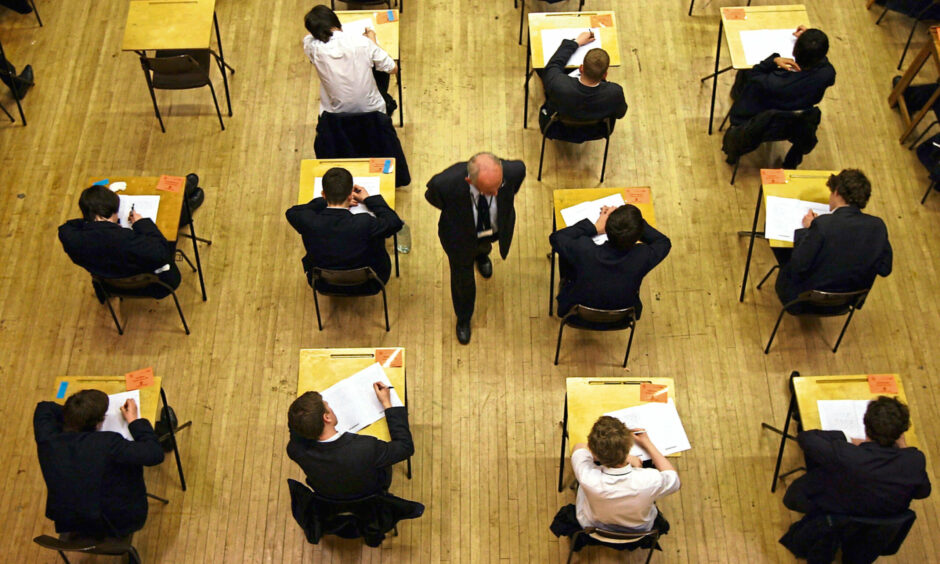
“We talk about academic and vocational as if they’re two separate worlds,” Prof Hayward said.
But that distinction breaks down under scrutiny.
After all, the medical profession is seen as one of the peaks of academic achievement. And yet there’s hardly anything more practical than performing surgery.
This cuts both ways, she added.
“I’m not sure about you, but I don’t want an electrician coming into my house who understands the mechanics of the process but has no understanding of the concepts of electricity. And yet we see one in one camp and another viewed differently.
“So I think we need to challenge these concepts and recognise that all young people need a mix of both in order to become fully educated citizens.”
Have your say in a fairer system
The SDA is not a finished product. Before the review group makes any official recommendations to the Scottish Government, they need to know what stakeholders think.
Materials and questionnaires will be submitted to every school and college in the country. Review groups will be hosting discussions and visiting stakeholders.
By the time the review group submits recommendations to the Government in May, Prof Hayward hopes that the public has made their priorities clear. Once that’s done, work on a new system can begin in earnest.
“When we get the feedback after this third phase of consultation, then we’ll have a better idea of the appetite for change and what might be possible.”
Whatever the result, it will be a roadmap and not a quick fix, she added.
“I think that qualifications sometimes might be accused of causing inequity, but I think actually they’re reflecting it.
“So we need to decide what does it mean to have an education in Scotland, and what are the non-negotiables in that?
“The conversation has a long way to go, but at least we’re beginning to ask questions that we need to address if we’re really serious about creating an equitable system.”
Read more from the Schools and Family team
Home-Start Aberdeen can help 65 more local families thanks to lottery grant
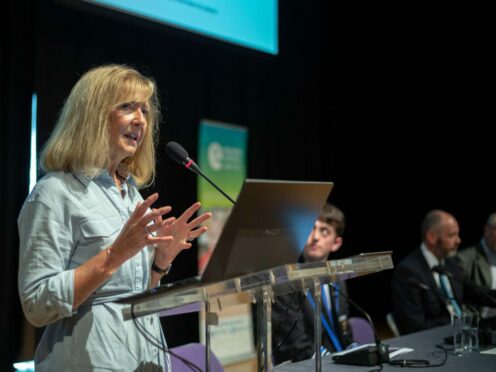
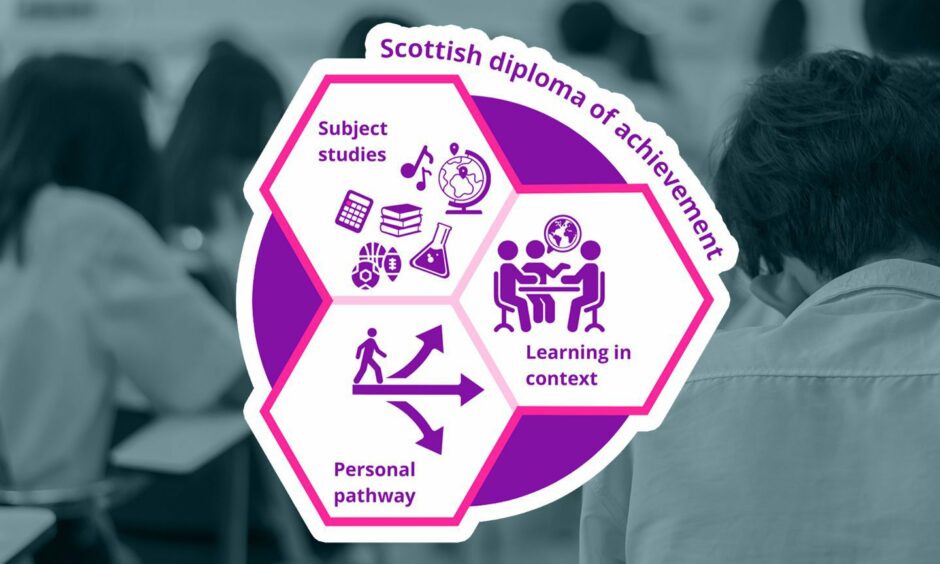


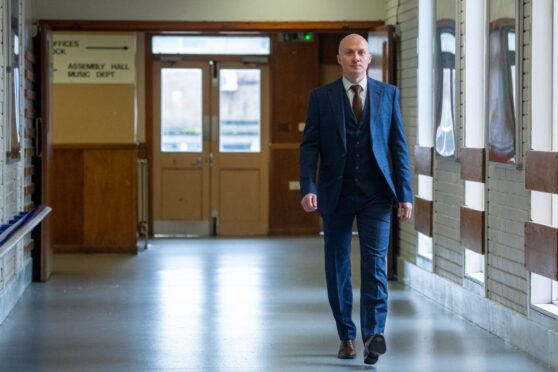
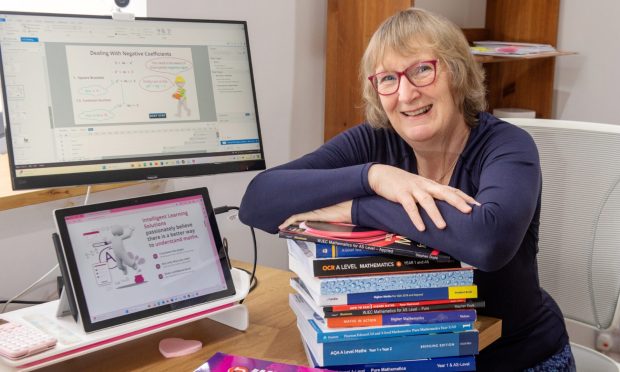
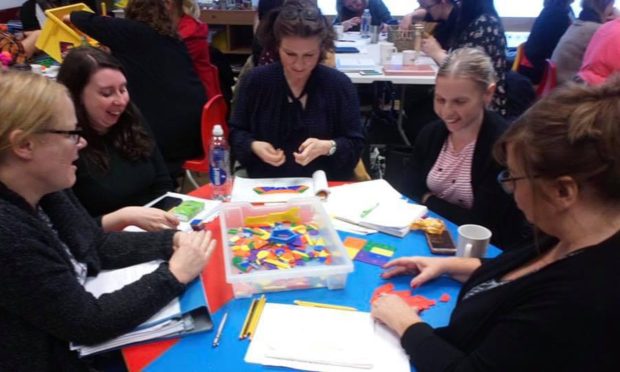


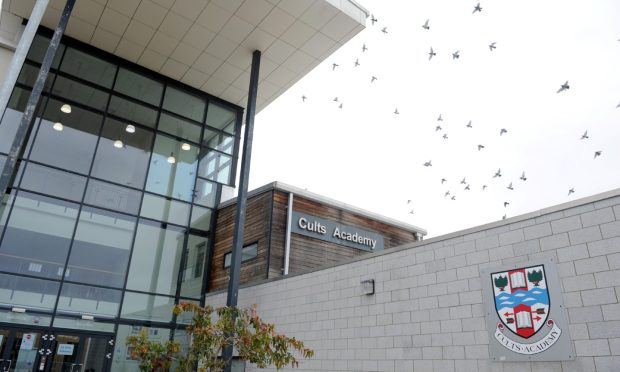

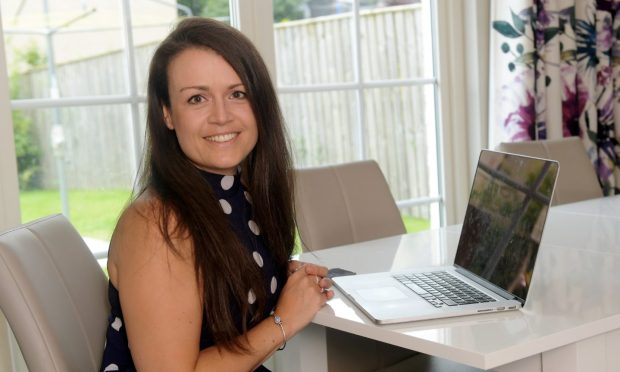
Conversation